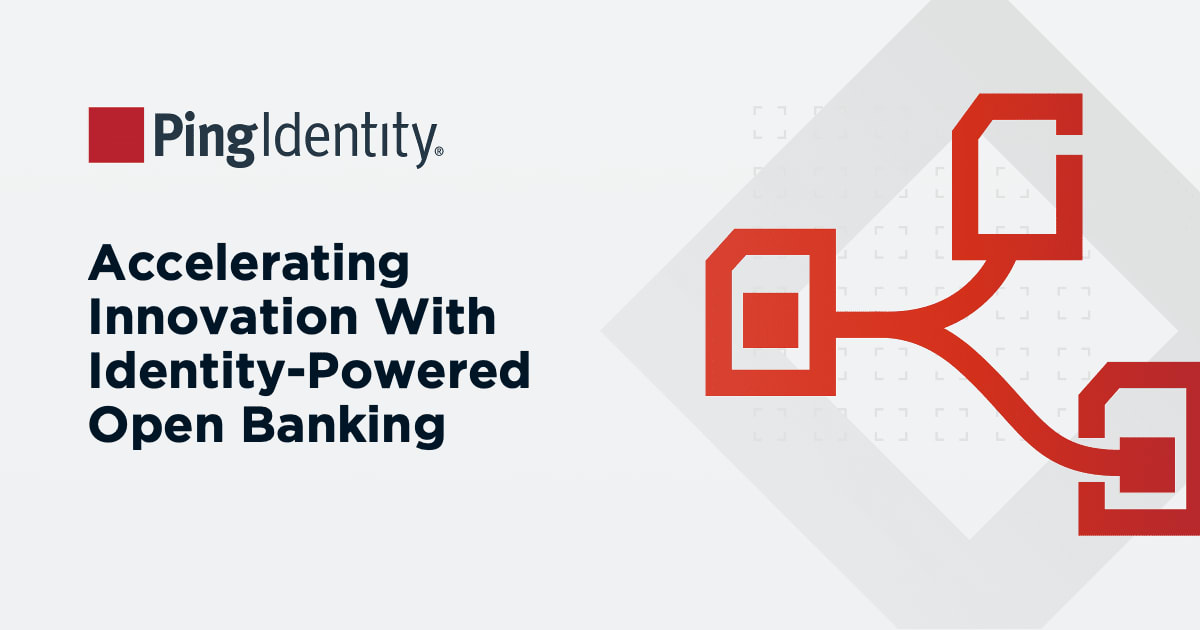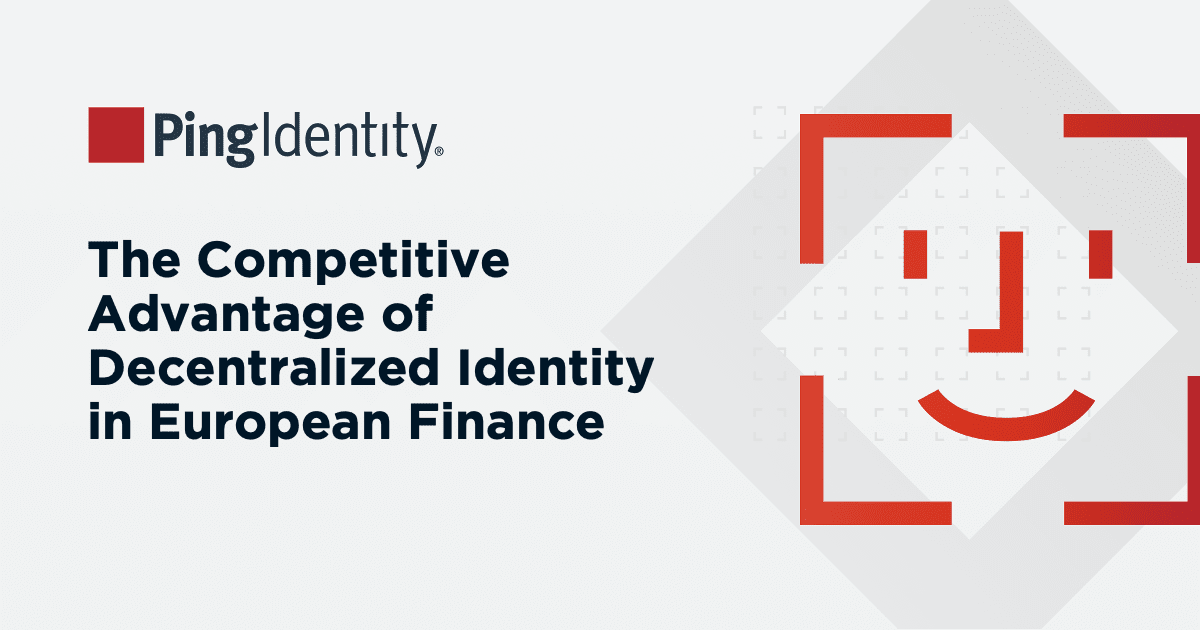Introduction
Experience is everything these days. When customers interact with a brand digitally, they expect the entire journey to be easy, personalized, and friction-free. Plus, in an ever more privacy-conscious climate, people expect companies to keep their personal data private and secure.
These seem like pretty reasonable expectations—but many businesses still struggle to meet them when they’re trying to build great digital experiences. That’s because moving from expectation to reality means balancing the tension between three seemingly conflicting priorities: convenience, security, and privacy.
Businesses tend to do really well with one aspect while falling short on the other two. Their security might be top-notch, for example, but the user experience really isn’t convenient and data privacy is an afterthought. This often results in digital experiences that satisfy neither customers nor the business.
If you want to optimize all three in your digital experiences, identity orchestration offers an effective way to help you achieve that goal. It can help you remove complexities and friction across the entire customer journey and shape seamless digital experiences without sacrificing convenience, security, or privacy.
In this blog, we’ll explore what identity orchestration is all about, and how it contributes to designing digital experiences that have it all.


